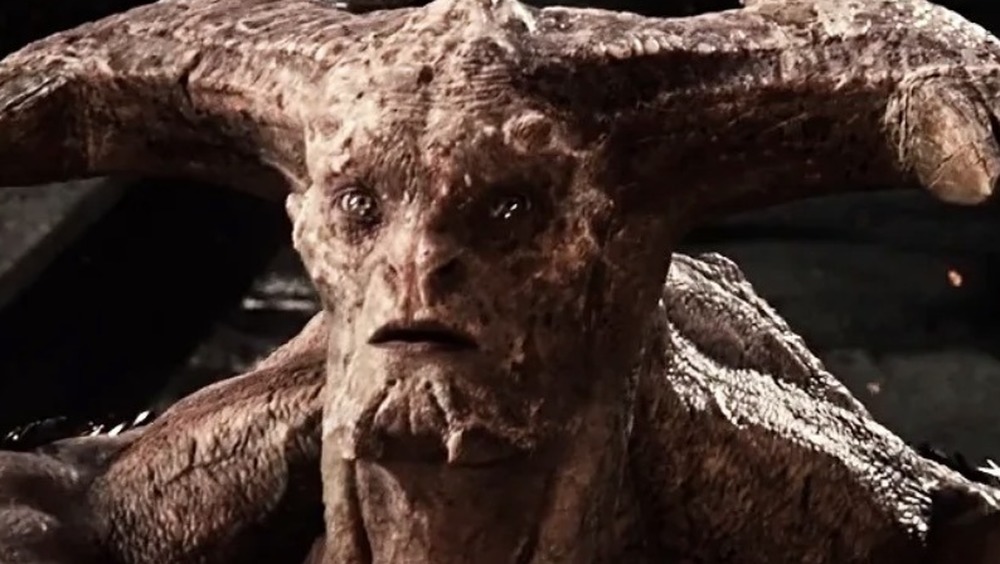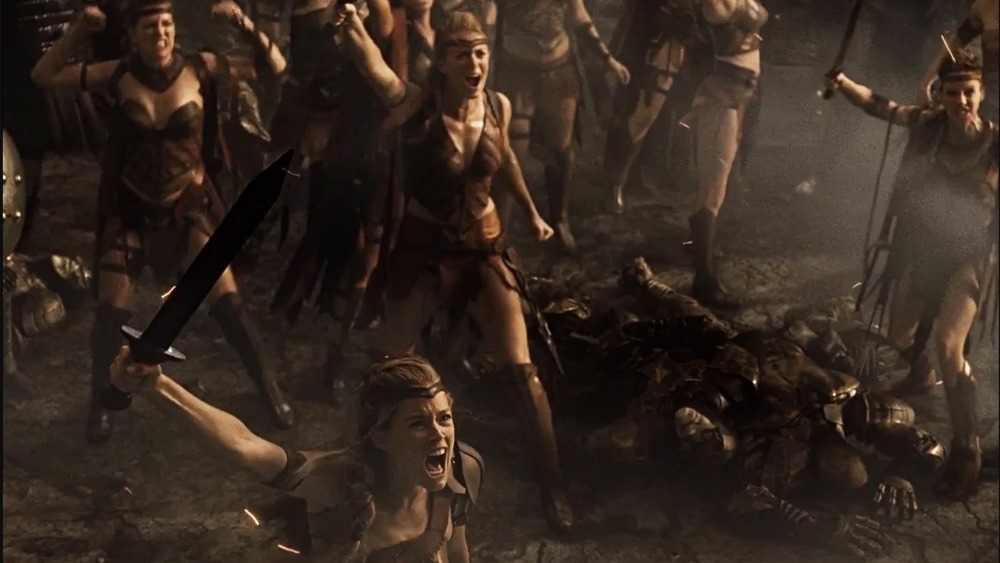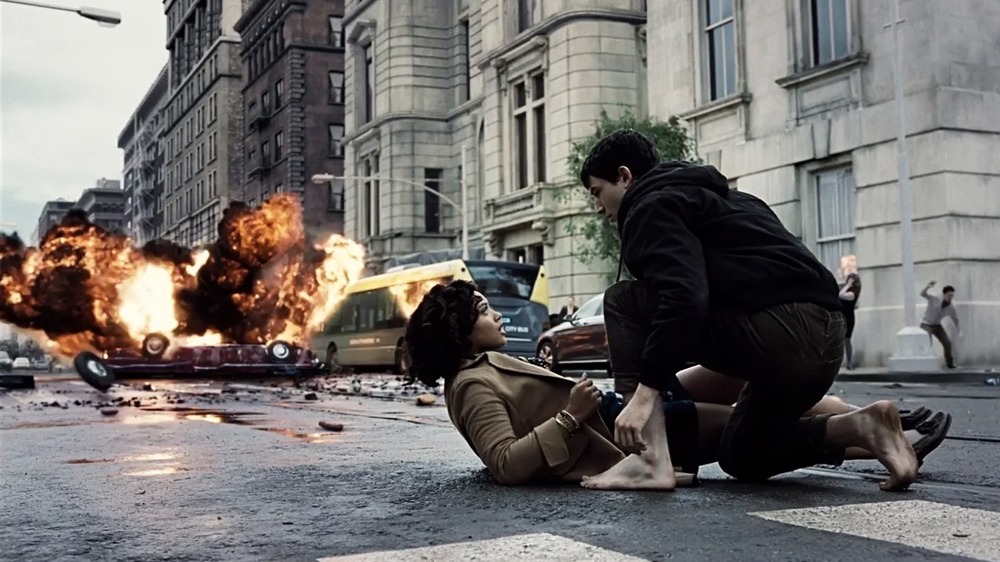The Real Reason Zack Snyder's Justice League Is So Violent
If you've seen the Snyder cut of Justice League, you may have noticed one major difference between it and the original 2017 release: there's a lot of violence. Blood spurts, bodies splatter, heads roll. This may seem a bit unexpected for the superhero genre as currently depicted in mainstream movies, which generally aim for a PG-13 audience (we're not counting Deadpool, of course). While there's plenty of action, you'll barely see much gore, and that goes for the original Justice League, as well as Marvel movies, and others of their ilk.
But that's not true of the new four-hour movie that released on HBO Max last week. The film's R rating has become one of the controversies associated with the movie. People have been debating online over whether such a change is necessary, and some clearly believe that this means Snyder fundamentally doesn't understand DC's characters.
However, both critics and fans are saying Zack Snyder's Justice League is much better than the original. Now, there are a lot of reasons for that — including the redemption of Wonder Woman's arc, the addition of Darkseid, and the fact that the plot actually makes sense — but most importantly, the new version is true to Snyder's original vision. So why, exactly, did Snyder feel it necessary to go for a bloodier tone?
Snyder says that being on a streaming service freed him
Snyder's version of Justice League was always meant for streaming on HBO Max, which meant the director did not have to worry about trying to appeal to wider audiences. He says, as a result, he wanted to push the envelope. "It's a pure exercise in creative freedom," he told Variety. In other words, he did it because he could.
But his team was totally on board. He illustrated their thinking, saying, "Let's just do it the exact way we would if there was no ratings board. Let's not use any second guessing. Let's just do it the way we think is the coolest. That was the philosophical approach."
Looking back to 2013's Man of Steel, he defended the destruction that was part of the movie, telling Cinema Blend that he wanted the movie to have a "mythological feeling." And his Ultimate Edition of the 2016 movie Batman v Superman: Dawn of Justice also got an R rating for its digital and home video release, which included 30 additional minutes of footage, so the idea that Snyder might use his powers to add some more gore to the proceedings does have a precedent. But there's a bit more to it than that. For Snyder, the violence is part of the story, when people are fighting god-like superheroes. And so are the consequences.
The violence is meant to represent the actual consequences of fighting with gods
"I always feel that the consequence is important to me, that there's real stakes," Snyder told Variety. "It still is abstract, you know. These are gods fighting men. Which is also part of the point. We can't really fight them. Humans can't really fight them."
Deborah Snyder, his wife and producing partner, also pointed out that in other superhero movies, the level of violence isn't realistic. "Sometimes in the watered down or the PG-13 [movies], it feels, I think, a little bit more irresponsible in a way because there aren't repercussions," she said in the interview.
For Snyder, removing the violence is a way of sterilizing the situation — which isn't necessarily the right way of going about it, in his view. "If you don't address the actual violence as violence, to me, you're lowering the stakes on all levels," he said. "If the superhero smashes the car, and the whole car explodes, and you just see the guy kind of crawl out of the wreckage, and you're like, oh okay, it's still PG-13, the fact you don't show the blood is a technicality. The violence is still there. I want a true depiction of the violence. I don't want to sugarcoat it."


